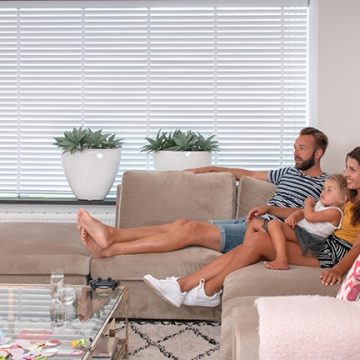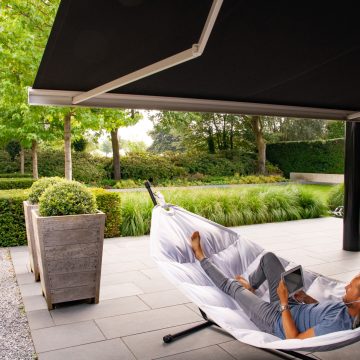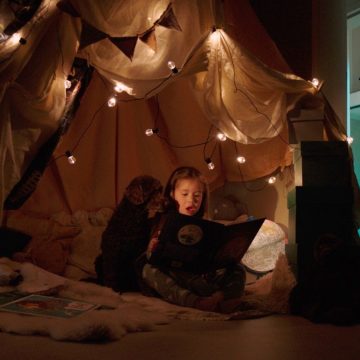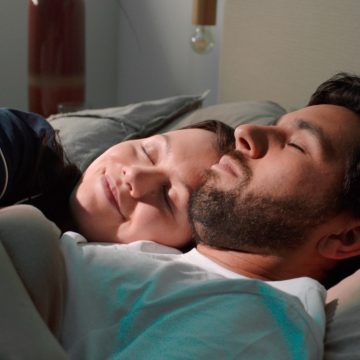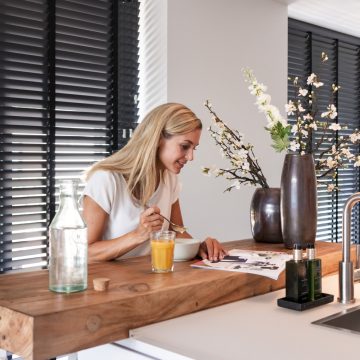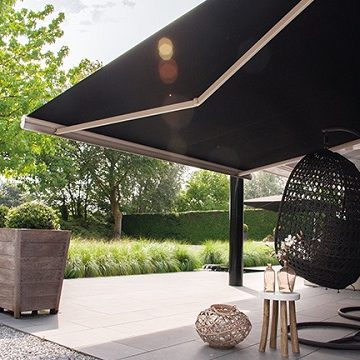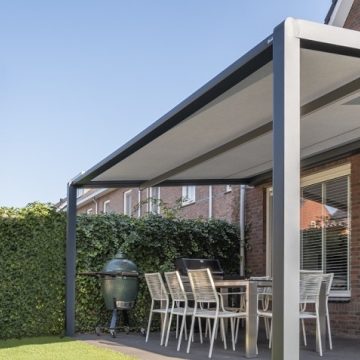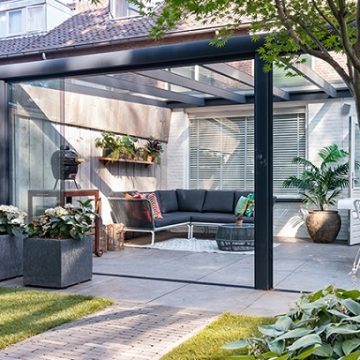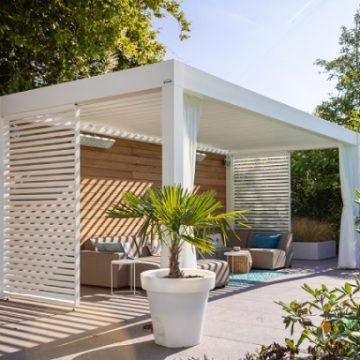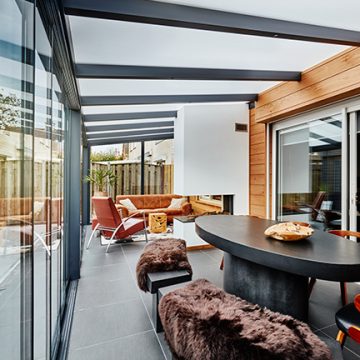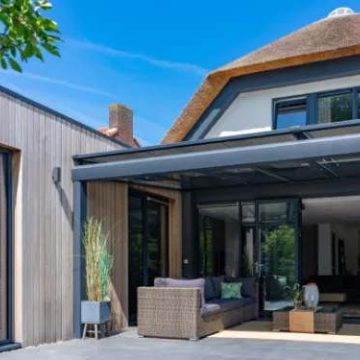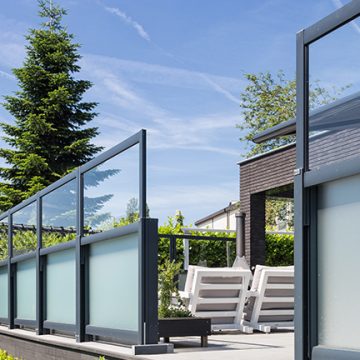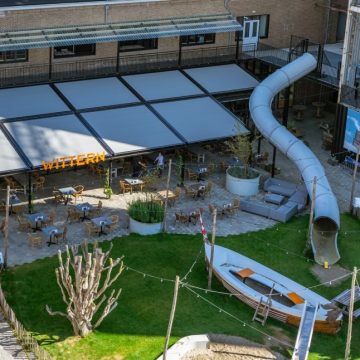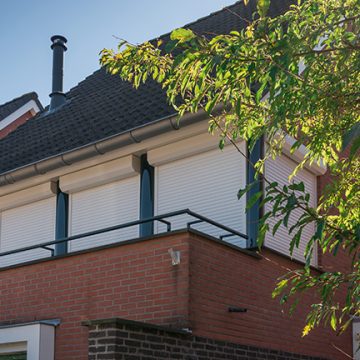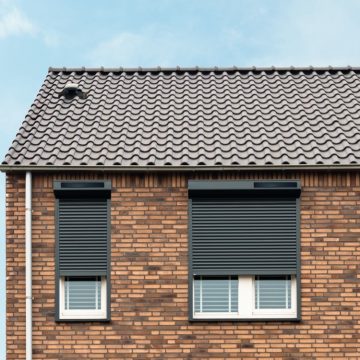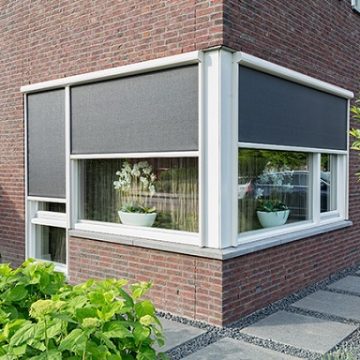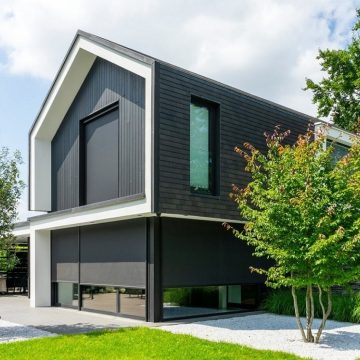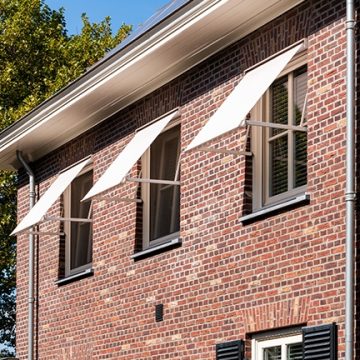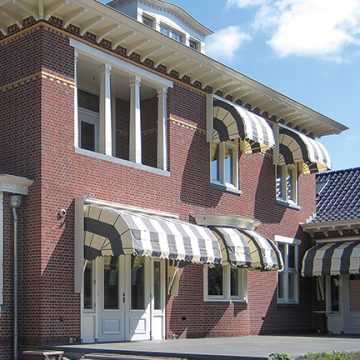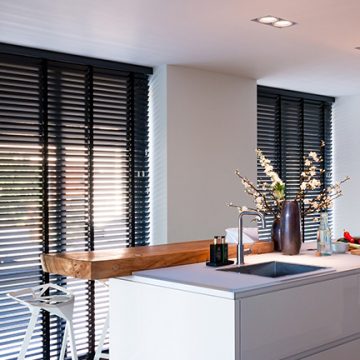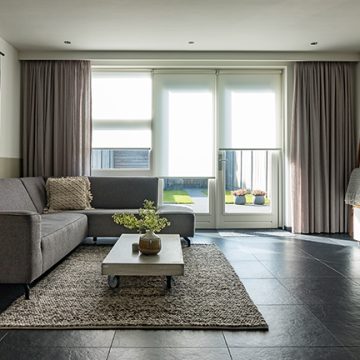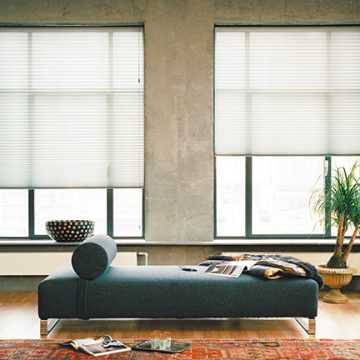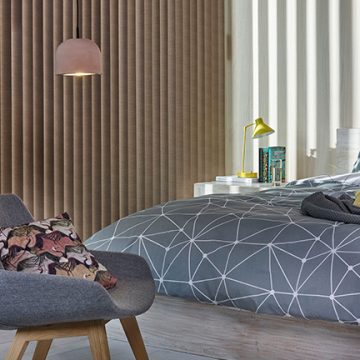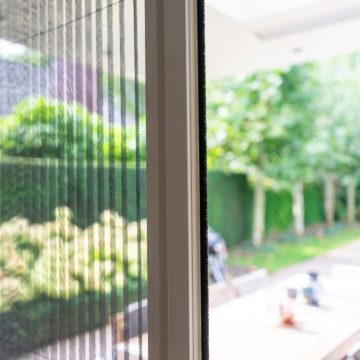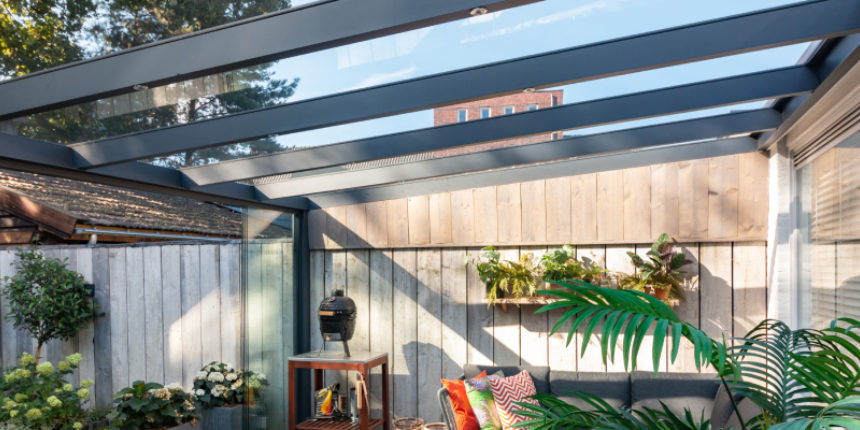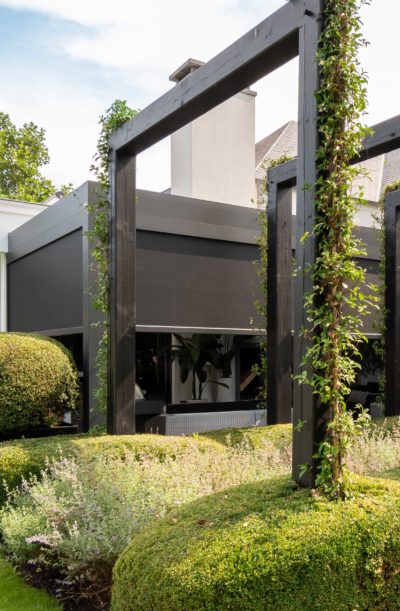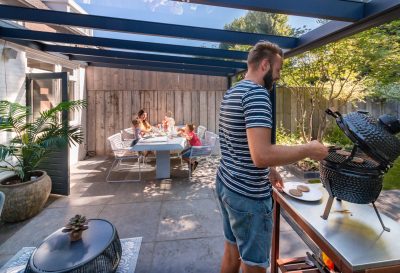
The best veranda roof material: glass or polycarbonate?
20-08-2020When buying a veranda, you should carefully consider how your roof will look like. Which profile colours are you going for? Are you adding glass walls or integrated LED-lights? And most importantly: which roof glazing suits your wishes the best?
Glass and polycarbonate are two popular veranda roof materials. Both glazing types have different advantages and drawbacks. After reading this blog post, you'll know which veranda roof material answers your needs the best.
Veranda roofs with polycarbonate glazing
Polycarbonate is a strong and nearly unbreakable plastic material. Unlike other plastics, this material can withstand the highest temperatures, which makes this roof filling a popular choice for your veranda.
There are four different polycarbonate subtypes you can add to your roof: clear, opal, two-chamber and sun shading polycarbonate.
Clear polycarbonate
Despite its profiling, clear polycarbonate only partially obstructs your view through the roof. You can still enjoy natural light under your veranda and keep a sense of space. On warm days, however, the temperature under your veranda can increase quickly.
Opal polycarbonate
Opal polycarbonate — also known as milky white — is opaque. As result, most of the incident sun rays are blocked by the glazing. You'll be less bothered by the bright rays and high temperatures under your veranda. At the same time, it can get dark under your veranda roof more easily.
Two-chamber clear polycarbonate
And what about two-chamber polycarbonate? This material has a structure with fewer chambers than clear polycarbonate. This means that two-chamber clear polycarbonate is even more transparent. You can easily see through the roof and enjoy even more sunlight on your patio. Beware of high temperatures on your patio, though!
Sunproof polycarbonate
With this type of polycarbonate, a sun protection foil ensures that the sunlight is effectively repelled. Do you have a terrace with little wind or ventilation? Then this type of polycarbonate prevents the temperature under your veranda from rising enormously. In addition, you suffer less from the glare of the sun.
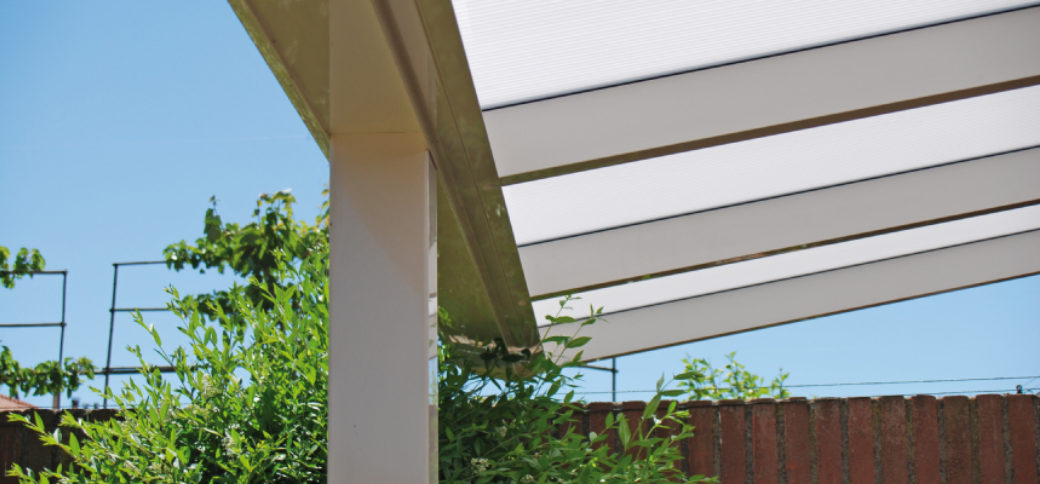
Veranda roofs with glass filling
Glass roofs give a veranda a luxurious appearance. Plates of laminated glass also give the construction extra strength and ensure that the veranda can be accessed in case of cleaning (but safety first!).
Glass veranda roof fillings are more expensive, but also contribute to a more luxurious roof. On top of that, glass give the construction extra strength and allow you to mount the veranda if you want to clean it (safety first, of course). This glazing comes in various thicknesses and colours.
Glass thickness and colours
The type number of the glass is a reflection of the layers from which the glass plate is constructed. Laminated glass 44.2 consists of 2 layers of glass of 4mm and one layer of film of 2 micrometer thickness.
Laminated glass is also available in 2 'colours: clear and milky white. Glass sheets in milky white keep your covered patio darker and cooler. However, this is at the expense of daylight and the feeling of space under your veranda.
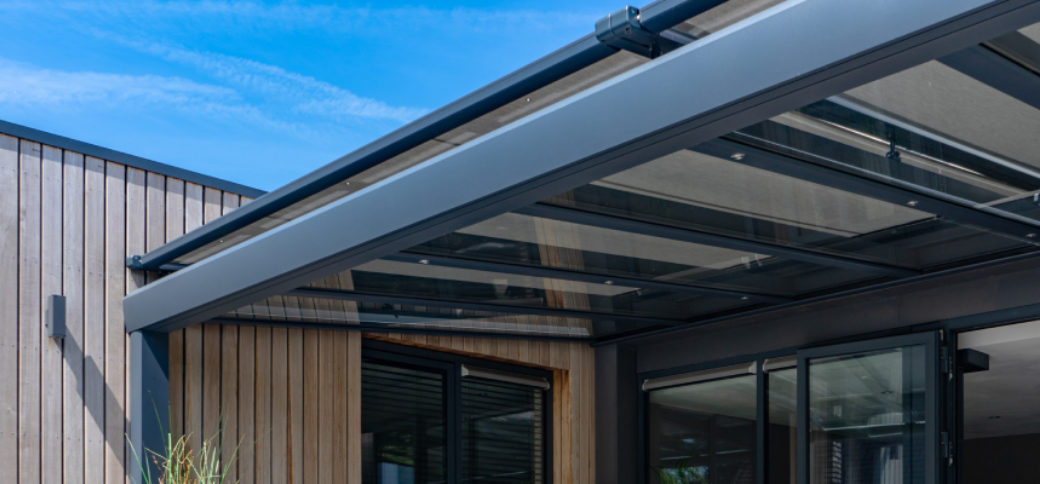
The best of both worlds
So each glazing type has different advantages and drawbacks. If you want to enjoy the sun, go for a clear roof filling. But then, the sun can heat up your roof easily. Opaque fillings keep your covered patio cool, but you won't enjoy many sunlights.
Why not enjoy both sun and shade? Go for a clear veranda roof filling and add an awning above or below your veranda! With a conservatory awning, you can cover your roofed patio and protect it from the sun during the hottest days.
Discover more about our veranda roofs
Want to discover all customization options for your veranda roof? Visit the veranda roof page for more information.


